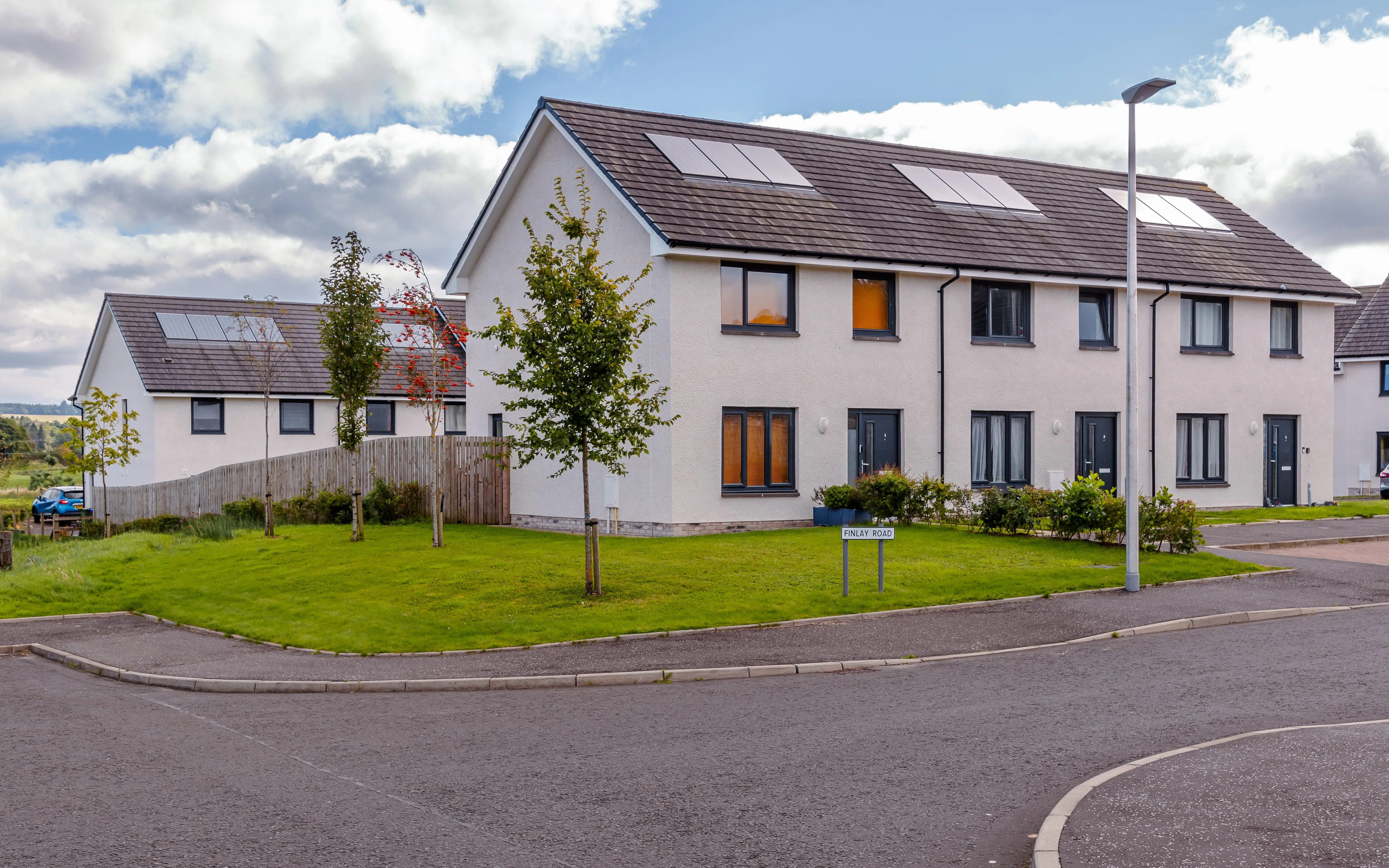The story of social housing
Scotland has a long, proud history of providing social homes. And, “[t]he importance of good social housing over the past century - and the way it changed lives for the better - cannot be underestimated.” (BBC)
In the post-war period Scotland invested in and prioritised social housing as a means to offer safe, warm, affordable homes to all. Moving away from privately owned slums, it was transformational in making our housing system far fairer and more equal.
With the introduction of the Housing Act 1974, housing associations were formed in communities across Scotland. Not-for-profit organisations, they have a strong social purpose – to provide affordable homes, support their tenants and help their communities to flourish. SFHA was formed as the representative body in 1975. At that time, 54% of Scottish homes were social housing. Across the years, there were significant stock transfers, where local authority housing was transferred to an RSL.
The Right to Buy scheme was introduced in 1980, meaning social tenants were able to buy their homes at a discounted rate, leaving housing associations unable to replace these homes at the same cost and depriving later generations of these much-needed homes for social rent. By the time it was abolished by the Scottish Government in 2016 nearly half a million social homes had been lost. Currently, social housing makes up 24% of all homes in Scotland.
Today, housing associations and co-operatives provide safe, warm, affordable social homes at rents which are typically half that of the private sector. Over a million people in Scotland live in social homes, and around half of these homes are provided by our members.

